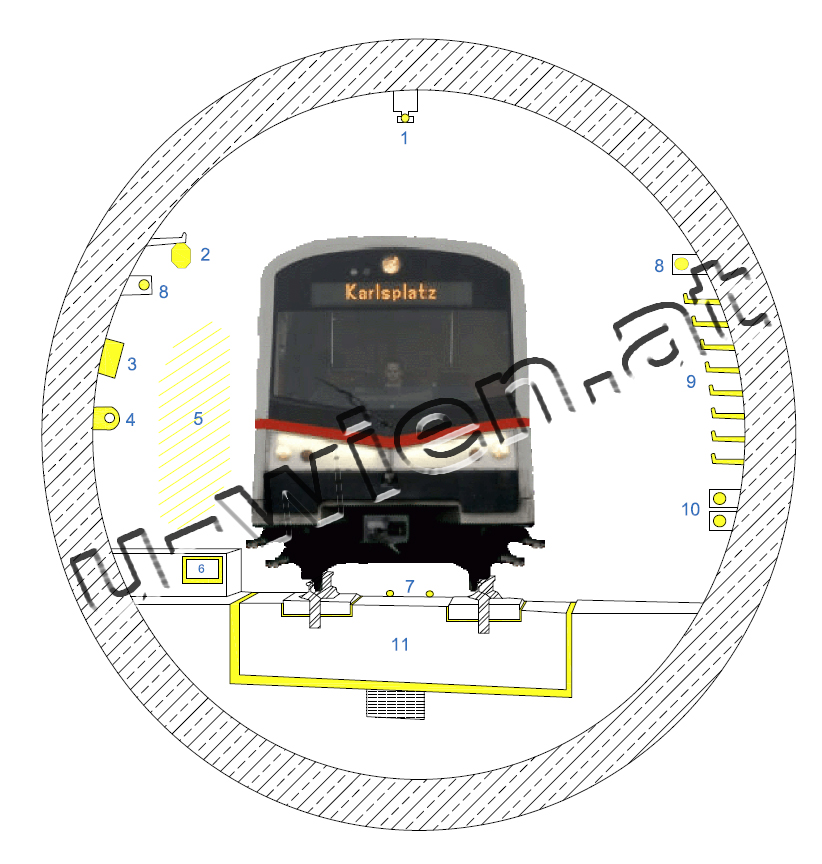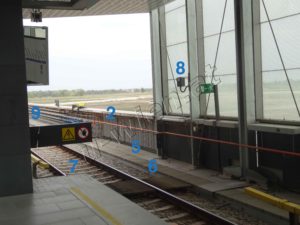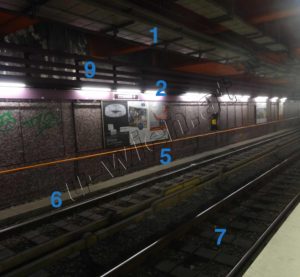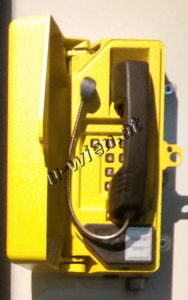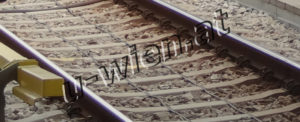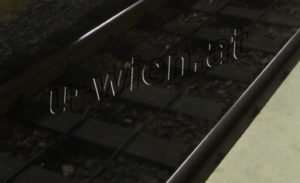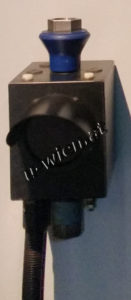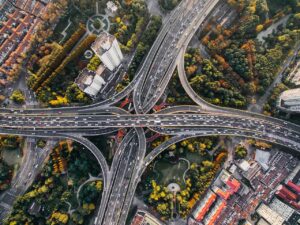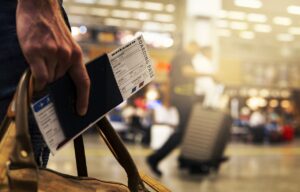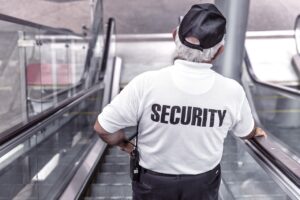Tunnels form microcosms in which you can find equipment for operations and precautions in case of emergencies. The superstructure, which refers to the track bed on which the tracks are mounted, is responsible for safety transporting trains weighting over 160 tonnes.
It also absorbs the sound of the trains.
You can identify the method used to build the tunnel by looking at the shape of the cross-section: if it is circular, it was created by a tunnel boring machine.
If it is slightly asymmetrical, it was excavated using the New Austrian Tunnelling Method.
The inner workings of a tunnel
own presentation
Equipment for operations and precautions for the elevated underground lines (left, station U2 Seestadt) and for the cut-and-cover tunnelling method (right, station U2 Volkstheater)
own presentation
1 – Radio cable
The driver communicates with the control center in Erdberg via radio cable. However, the radio cable also serves operators of mobile telephone networks and thus also the passengers.
2 – Tunnel lighting
Every twelve meters, there is escape route lighting that is switched on automatically in the event of a traction power failure (this is the power used to drive the trains).
It can also be activated by the central control station or the station monitoring system.
3 – Trackside telephone
In the tunnels, a trackside telephone is available to drivers every fifty meters. If the radio link to the control center in Erdberg fails, this can be used to obtain information and instructions.
Route telephone
own representation
4 – Dry extinguishing line
In the tunnel sections, connections for extinguishing lines are provided every 80 meters. The line is filled with water by the fire department in case of fire.
The connections for the fire hoses in the station are located on the platforms.
5 – Safety room
In case of emergency, people must be able to move to the side of the train.
6 – Prefabricated cable ducts
The cable ducts are largely used for medium-voltage lines and for traction power supply, i.e. lines for train propulsion.
7 – Line conductors
The paired line conductors between the rails transmit the control signals from the control center to the train by induction.
On the new U2/U5 lines, the line conductor is replaced by WLAN.
Line ladder on concrete sleepers
own illustration
Line ladder on wooden sleepers
own illustration
8 – Emergency stop signal
Approximately 80 meters in front of each platform, the emergency signal lights up when emergency braking is triggered. The emergency braking can be triggered by a train emergency stop button in the subway, on the platform by waiting passengers, by the station supervisor and in the central control center in Erdberg.
Emergency stop signal
own illustration
9 – Cable trays
The cables in the cable trays are used, among other things, for signaling, telecommunications and control connections between the stations and for supplying the electrical equipment in the tunnel area.
The open cable trays have the advantage that they are easier to access when cables need to be maintained or replaced.
10 – FES signal
The FES signal, the ride permission signal, lights up when the central control of the subway has failed.
The driver can then drive independently at a maximum speed of 15 km/h to the next signal or station.
11 – The superstructure
The “Vienna superstructure” was developed at the beginning of subway construction to ensure optimum installation of the rails and effective sound insulation.
It originally consisted of plastic sleepers (some with wooden cores) in rubber shoes mounted on a two-part track support plate with a central drainage channel.
The system was used in the first tunnels of the U1. From the third expansion phase of the Vienna subway network onward, the Vienna superstructure was further developed into a highly insulated ballastless Biblock sleeper superstructure.
Here, a continuous railroad sleeper is no longer used, but the two tracks lie on a series of separate bases, the so-called biblock sleepers.

